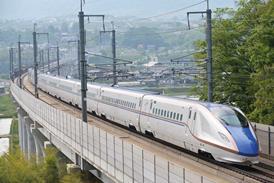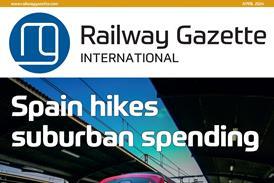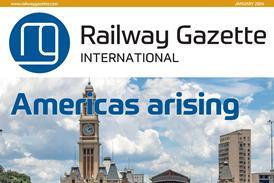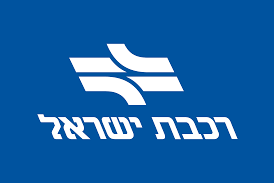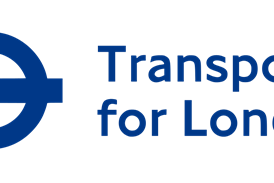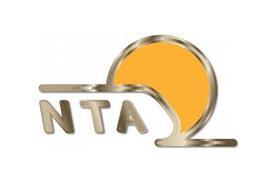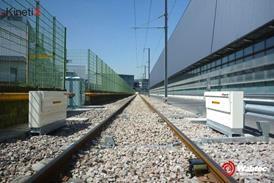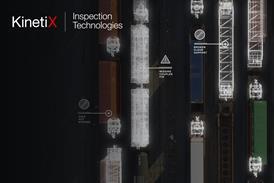
USA: Valley Metro’s Tempe Streetcar was opened on May 20, with a ribbon cutting ceremony attended by Tempe Mayor Corey Woods and Gilbert Mayor Brigette Peterson, as well as Valley Metro CEO Jessica Mefford-Miller.
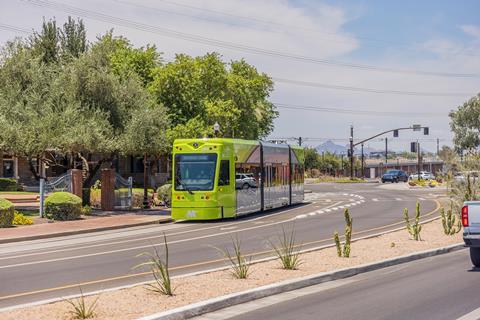
The C-shaped route runs for 4·8 km from Marina Heights on Rio Salado Parkway through the city centre to Dorsey Lane & Apache Boulevard. It has 14 stops including interchanges to the Valley Metro light rail lineat Dorsey Lane and 3rd Street.
The street-running line serves destinations including the Tempe ASU campus, central Tempe, Gammage Auditorium, Sun Devil Stadium and Tempe Beach Park. Trams run every 15 to 20 min, and travel will be free for the first year of operation.

The $200m capital cost has been funded from local, regional and federal sources, but operations are being entirely funded by the city of Tempe. ‘With Tempe having the highest transit ridership per capita in the state, as well as the highest density, a multi-modal transportation network is essential’, Woods told local media. ‘We are building for our future and the streetcar is a great example of that.’
The project began in 2016, when Valley Metro selected Stantec Consulting Services to undertake design work. Stacy & Witbeck was selected as construction contractor in early 2017.

Six Brookville Equipment Corp Liberty NXT trams were ordered in 2017 at cost of $33m. These 70% low-floor three-section vehicles can carry up to 120 passengers, including 40 seated. The trams have a lithium-ion battery which is charged from the overhead electrification to permit catenary-free operation for a 1·6 km section of the route on Mill Avenue, where wires have not been installed to help preserve the natural tree canopy.
Future expansion may include stops at Tempe Marketplace, Sloan Park, Riverview Park, Mesa Asian District and Mesa Community College.
‘Streetcar adds another sustainable option for transit riders to move around the Valley and enhances our comprehensive, regional transit network’, explained Mefford-Miller.

